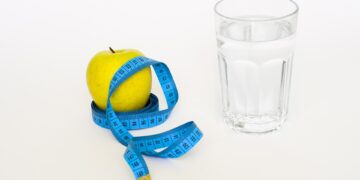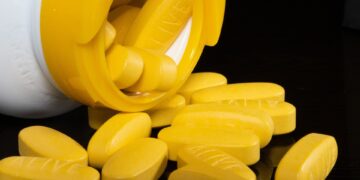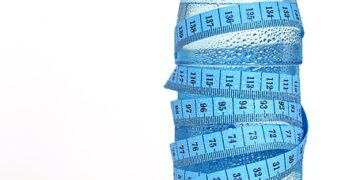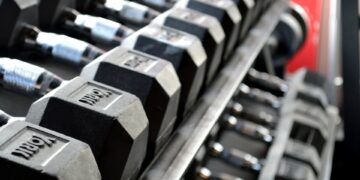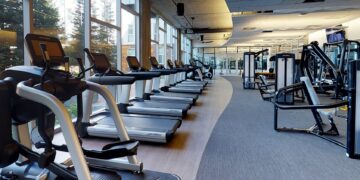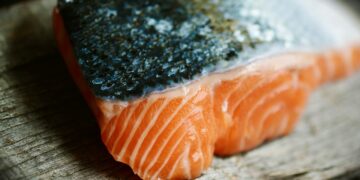Optimizing Muscle Recovery: 10 Effective Strategies for Faster Healing and Performance Gains
When it comes to achieving your fitness goals, ensuring proper muscle recovery is essential. Not only does it help prevent injuries and reduce soreness, but it also plays a crucial role in maximizing performance gains. By implementing the following strategies, you can optimize your muscle recovery process and enjoy faster healing and improved results.
1. Proper Nutrition
One of the most vital aspects of muscle recovery is nutrition. Consuming an adequate amount of protein is essential for repairing and building muscle tissue. Additionally, staying hydrated and consuming a well-balanced diet rich in vitamins and minerals can help support the recovery process.
2. Adequate Rest
Rest is crucial for muscle recovery as it allows your body to repair and regenerate damaged muscle tissues. Aim for at least 7-9 hours of quality sleep per night to ensure optimal recovery. Additionally, incorporating rest days into your workout routine is essential to prevent overtraining and promote healing.
3. Active Recovery
Incorporating active recovery activities such as stretching, yoga, or light cardio can help improve blood flow to your muscles, reducing soreness and speeding up the recovery process. Additionally, foam rolling and massage therapy can help release tension and improve flexibility.
4. Proper Hydration
Staying hydrated is essential for optimal muscle recovery. Water plays a crucial role in transporting nutrients to your muscles and removing waste products. Aim to drink at least 8-10 glasses of water per day, and consider incorporating electrolyte-rich sports drinks during intense workouts.
5. Compression Therapy
Compression therapy involves applying pressure to specific areas of the body to improve blood flow and reduce inflammation. Using compression garments or sleeves can help speed up recovery by enhancing circulation and reducing muscle soreness.
6. Cold Therapy
Cold therapy, such as ice baths or cryotherapy, can help reduce muscle inflammation and soreness after intense workouts. Applying cold packs to sore areas can help constrict blood vessels and reduce pain, promoting faster healing and recovery.
7. Heat Therapy
Heat therapy, such as using heating pads or hot baths, can help relax muscles and improve blood flow to injured areas. This can help reduce muscle stiffness and promote healing by increasing oxygen and nutrient delivery to your muscles.
8. Supplement Support
Supplements such as creatine, branched-chain amino acids (BCAAs), and glutamine can help support muscle recovery and repair. These supplements can help reduce muscle breakdown, improve protein synthesis, and enhance performance gains.
9. Proper Warm-Up and Cool Down
Proper warm-up and cool-down routines are essential for preventing injuries and promoting muscle recovery. Warm-up exercises prepare your muscles for intense workouts, while cool-down activities help reduce soreness and improve flexibility.
10. Listen to Your Body
Above all, it’s essential to listen to your body and adjust your workout routine accordingly. If you’re feeling fatigued or experiencing persistent pain, it’s crucial to give your body the rest it needs to recover properly. Pushing through pain can lead to more significant injuries and hinder your progress in the long run.
Conclusion
Optimizing muscle recovery is key to achieving your fitness goals and maximizing performance gains. By implementing these 10 effective strategies, you can speed up the healing process, reduce soreness, and prevent injuries. Remember to prioritize proper nutrition, rest, and hydration, and listen to your body’s signals to ensure optimal recovery and long-term success.
By following these strategies, you can enhance your muscle recovery process and achieve your fitness goals faster and more efficiently. Incorporate these tips into your routine, and you’ll be on your way to faster healing, improved performance, and long-lasting results.

